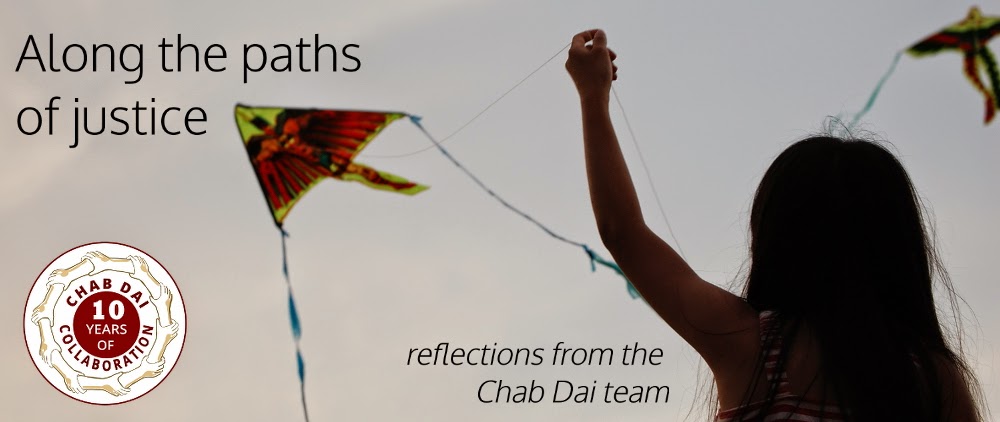Our lives have become more transparent and more interconnected, and our jobs and careers both reflect and help to produce this new way of being in the world. Within the Nonprofit sector, our work has always been interdisciplinary, requiring us to play multiple roles, develop creative methods of problem solving, and network with a variety of groups and organizations. So it’s no wonder that our training and job search embraces the core value of collaboration in nonprofit work. Collaboration -- as it relates to getting into a nonprofit organization and finding your dream job in international development -- goes beyond networking.
In order to collaborate you first need to understand that what an organization can offer you is just as important as what you can offer an organization. You have to figure out what you hope to do in the future, in reference to daily tasks and responsibilities; and then you have to identify your strengths and current skills. So far these are basic steps everyone, I am assuming, has been told to follow at some point in their careers, whether in school or in the job market.
As a freelance communications and media specialist I have offered my expertise to a variety of groups using multiple angles, strategies, and targets, always keeping in mind what I am offering and expecting to gain: personal success, connections, experience, purpose, etc..
And for me, taking a job always comes down to whether I believe in the project and can see my work having a collective impact in order to establish a relationship with the organization and its members.
When you find a niche you are passionate about follow these strategies:
(1) Plan out specific ideas you bring to that position and how they will relate to the organization;
(2) Map the different ways your skills can be helpful and determine the sector in which they are needed;
(3) Focus on specific programs, especially if you have an idea of the type of group or location you want to work in, researching their missions, making contact with people on the ground, and understanding the goals and processes of the organization.
Once you have your story and are comfortable pitching what you can offer, it is important to find and analyze the organizations or projects that have the most potential to allow you to grow and develop your skills and experiences. In my own career, this is the point where I begin to network, now that I know which direction to take. By “network” I don’t mean going to meetups, posting contacts, or taking advantage of contacts. I am talking about a collaborative process that allows us to apply our values in the nonprofit sector to what we do every day, to create a space for committed individuals to work together on mutual goals.
If we begin to use collaboration rather than networking as our main strategy, we add a second element that gives the individual who’s actively looking to enter the nonprofit sector a new mindset to search out a space or group to collaborate with rather than just “work-a-net” (networking).
But coming up with a strategy and executing is only half the battle; the other 50% of “Getting a Nonprofit Dream Job” is for nonprofit organizations to allow for cross-disciplinary innovation and developmental growth within their own missions.
Which brings me to my current dream job working with ChabDai.org. Chab Dai is an organization that addresses human trafficking and exploitation by bringing communities, organizations, and people into a relationship to create a dynamic coalition that builds partnerships, shares knowledge and lessons learned, and empowers advocates. By encouraging true collaboration internationally we facilitate coordination, develop connectivity, and grow together by seeing what others are doing. We build from their work to create a collective impact.
Applying the strategies that Chab Dai uses to build coalition through collaboration, nonprofit organizations can attract strong and innovative team players that will help them to develop strengths across various sectors. One way to do this is to search spaces within your field that allow for such activities to happen, like The Freedom Registry or The Freedom Collaborative-- online platforms for organizations, agencies, institutions and advocates to communicate, exchange resources and information, and COLLABORATE.
COLLABORATION IS ACTION,
AND IT IS ONLY POSSIBLE IF WE ALLOW IT!
Written by Pablo Robles, Chab Dai International Communications Coordinator

